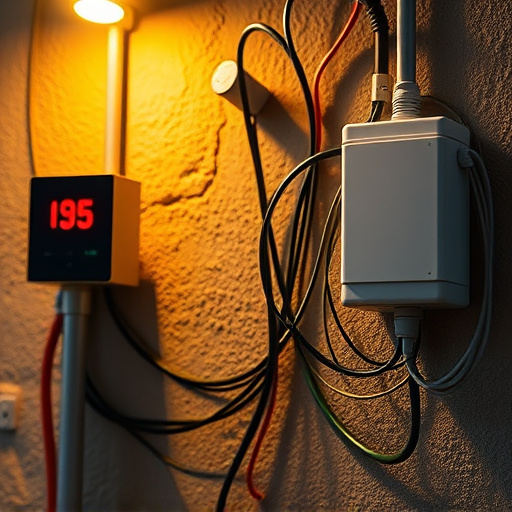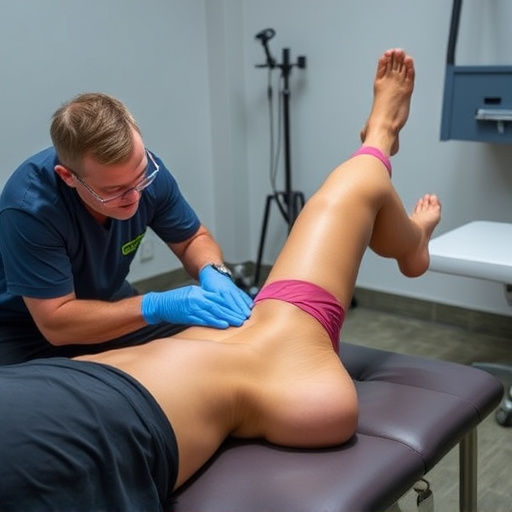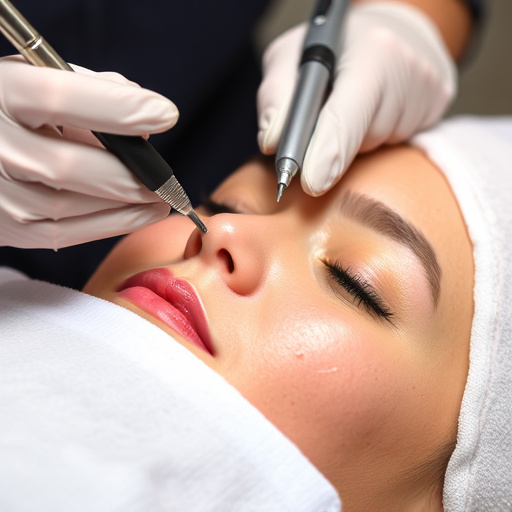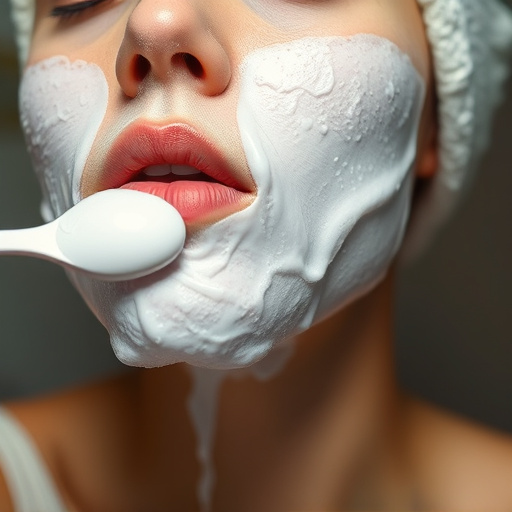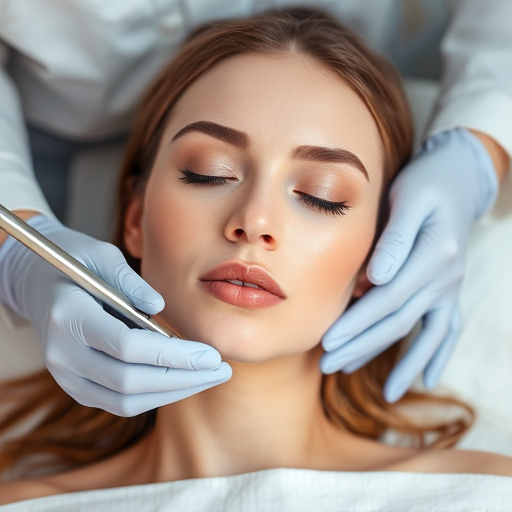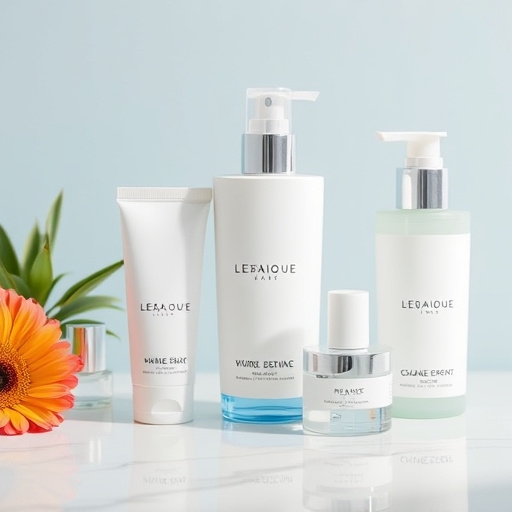Arm laser hair removal has emerged as a popular, permanent solution for smooth skin, effectively targeting and destroying hair follicles without surgery. This method reduces irritation and ingrown hairs compared to traditional shaving or waxing. Coolant devices are crucial for patient comfort and safety during the procedure, minimizing pain and skin damage risks, especially on sensitive arms. These coolants enhance treatment effectiveness, promote skin tightening, and hydration, appealing to those seeking a convenient, efficient, and precise hair-free look with minimal recovery time. However, selecting the right coolant, proper training, and understanding its impact on duration and cost are essential for optimal results.
The quest for permanent hair reduction on the arms has led many to explore arm laser hair removal as a solution. This non-invasive procedure is gaining popularity for its effectiveness and time-saving benefits. Cooling devices play a pivotal role in this process, offering a soothing experience by mitigating skin discomfort. This article delves into the intricacies of arm laser hair removal, explaining how cooling devices enhance patient comfort while providing detailed insights into their functionality and advantages.
- Understanding Arm Laser Hair Removal and Its Benefits
- The Functionality of Cooling Devices in the Procedure
- Advantages and Considerations for Coolant Usage during Laser Treatments
Understanding Arm Laser Hair Removal and Its Benefits
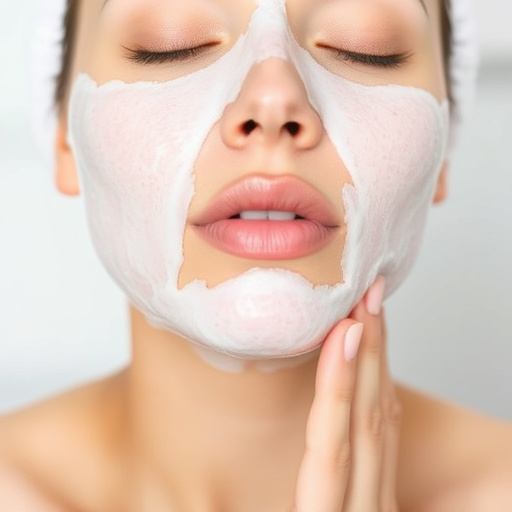
Arm laser hair removal has emerged as a popular and effective method for achieving smooth, hair-free skin. This non-surgical treatment utilizes advanced technology to target and destroy hair follicles, preventing future hair growth in targeted areas. The procedure is often sought after by individuals looking to reduce the appearance of unwanted arm hair, offering a permanent solution that can save time and effort compared to traditional shaving or waxing methods.
One of the key benefits of arm laser hair removal is its ability to enhance one’s overall skin rejuvenation process. Professional skincare treatments, including laser hair removal, contribute to improved skin texture and tone. By eliminating the need for frequent depilatory practices, individuals can experience reduced skin irritation and ingrown hairs, promoting a healthier and more radiant complexion. This advanced approach to hair reduction aligns with the growing preference for non-surgical treatments, providing a comfortable and convenient solution for achieving desired results.
The Functionality of Cooling Devices in the Procedure
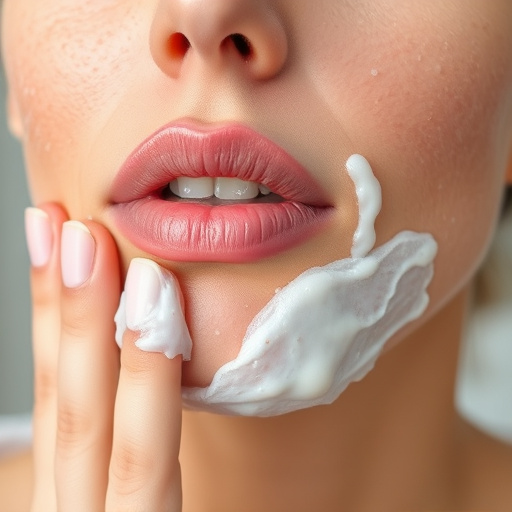
Cooling devices play a vital role in arm laser hair removal procedures, ensuring the comfort and safety of patients during treatment. These devices are designed to counteract the heat generated by the laser, which can cause temporary discomfort or irritation on the skin’s surface. By rapidly cooling the treated area, they mitigate any potential pain and minimize the risk of skin damage. This is particularly crucial when targeting areas like the arms, where sensitivity and visibility make it challenging to manage heat exposure.
In addition to pain relief, these cooling mechanisms can enhance the overall effectiveness of the laser hair removal process. Some advanced cooling systems even incorporate features like skin tightening and hydration. Non-surgical treatments like these offer a more comfortable alternative to traditional methods, appealing to patients seeking efficient, precise results without invasive procedures or lengthy recovery times. Hydrating facials, for instance, can be integrated into the post-treatment routine to soothe and nourish the skin, further improving the overall experience.
Advantages and Considerations for Coolant Usage during Laser Treatments
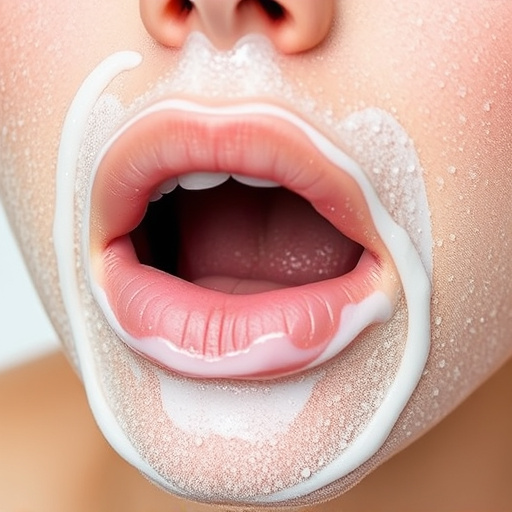
The use of coolants during arm laser hair removal offers several significant advantages. By reducing skin temperature, coolant helps minimize discomfort and potential side effects like burns or redness. This is particularly beneficial for areas with more sensitive skin, ensuring a more comfortable treatment experience. Moreover, coolant can enhance the effectiveness of the laser by allowing for deeper penetration into the hair follicles, leading to better results in reducing hair growth.
When considering the use of coolants, several factors come into play. First, different coolants have varying cooling capabilities and application methods, so choosing the right one is crucial for optimal results. Secondly, proper training and expertise are essential for professionals performing these treatments. Proper application techniques ensure efficient cooling without compromising skin health. Lastly, while coolants contribute to the overall safety and efficacy of non-surgical arm laser hair removal procedures, they may add to the overall treatment time and cost, a factor that should be considered in professional skincare practices.
In conclusion, arm laser hair removal has emerged as a popular and effective method for achieving smooth, hair-free arms. Cooling devices play a pivotal role in enhancing the comfort and safety of this procedure by mitigating skin irritation and improving overall patient experience. By understanding the functionality and advantages of these cooling mechanisms, both practitioners and potential candidates can ensure optimal results and a more pleasant journey towards achieving desired outcomes in arm laser hair removal.
